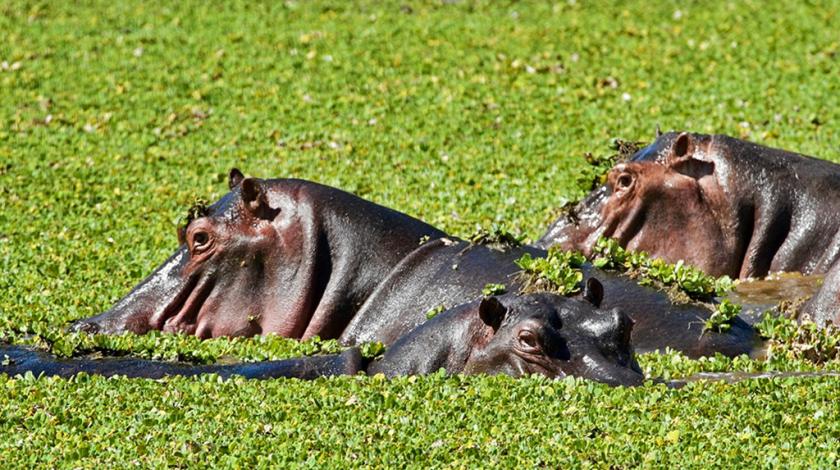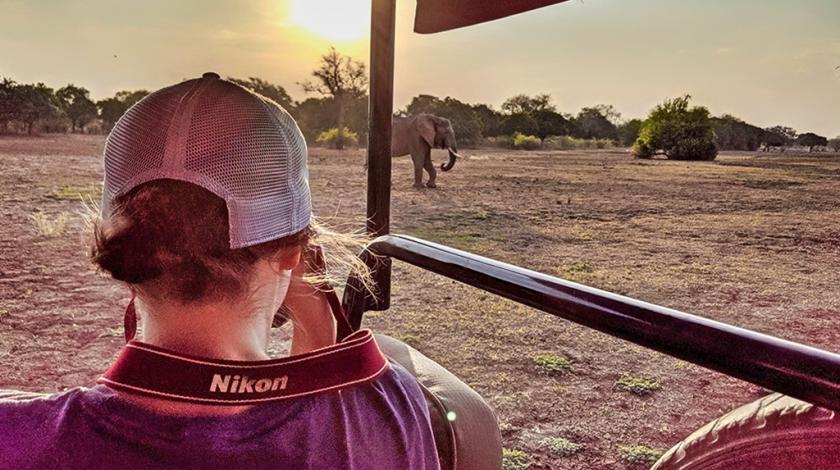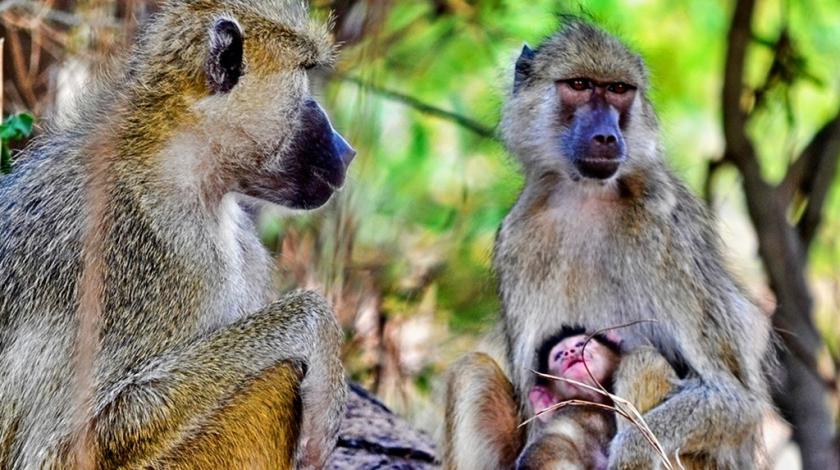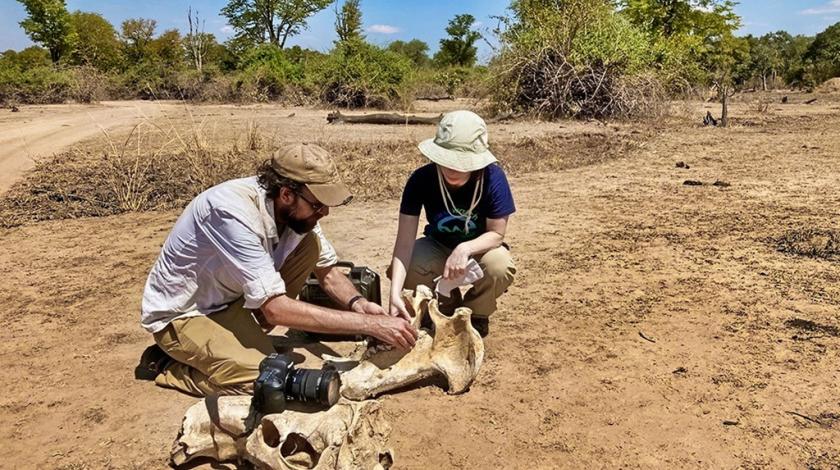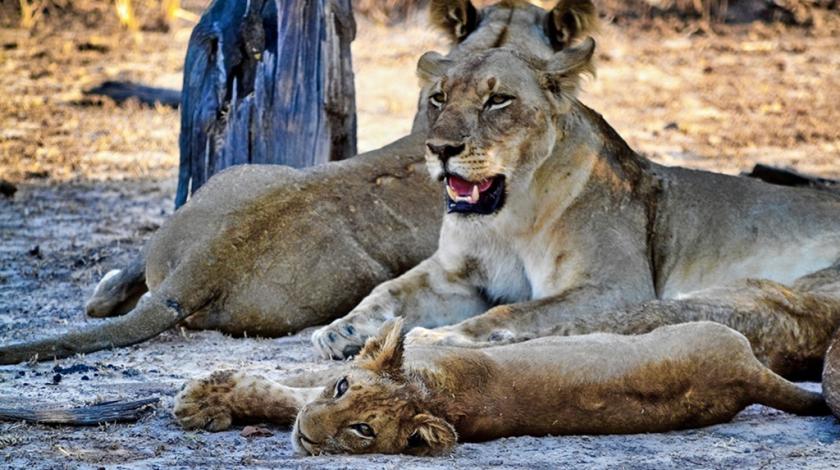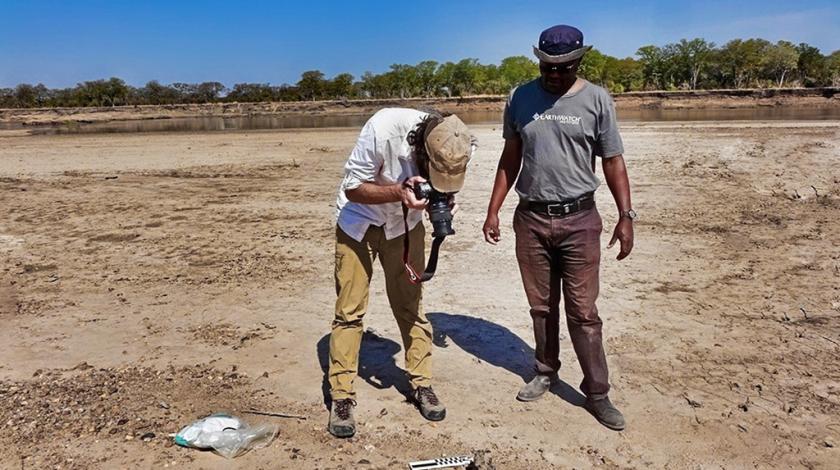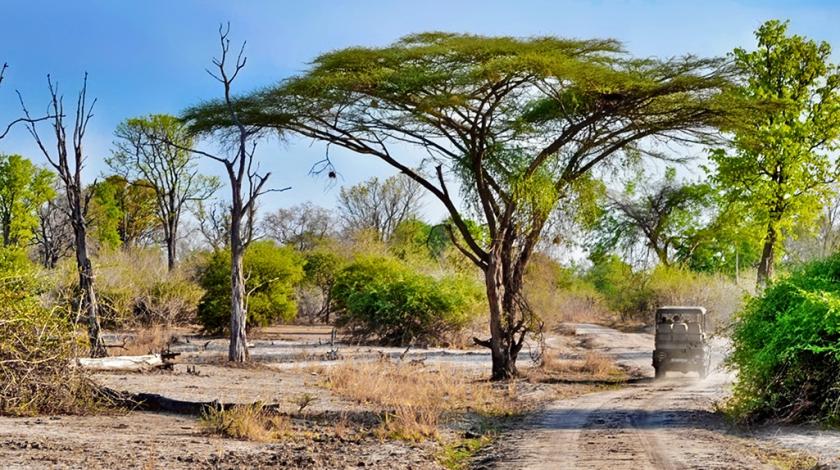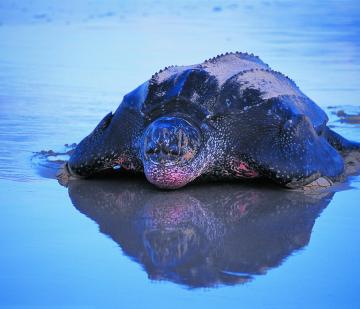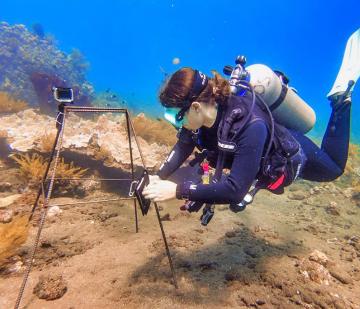BOOK WITH A $500 DEPOSIT
Wildlife, Bones, and History in Zambia

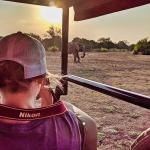
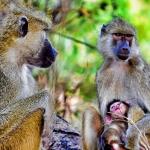
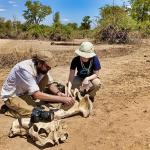

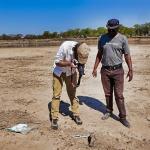

Join researchers in eastern Zambia's stunning Luangwa River Valley to search for living animals and the bones they leave behind. These data will help researchers better understand how mammalian communities have shifted over time in response to climate change.
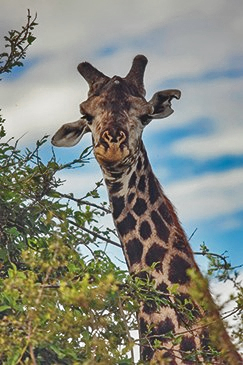 The past meets the present in the Luangwa River Valley as diverse mammal communities, including antelopes, elephants, and even the endangered Thornicroft’s giraffe, have lived in this area for thousands of years. Cutting through the valley, the Luangwa River is the lifeblood of the whole region. Its spectacular ‘oxbow’ lagoons and flooded riverbanks attract some of Africa's densest concentrations of animals. The region is home to the world’s largest concentration of hippos and hosts some of Africa’s densest populations of lions, leopards, and wild dogs.
The past meets the present in the Luangwa River Valley as diverse mammal communities, including antelopes, elephants, and even the endangered Thornicroft’s giraffe, have lived in this area for thousands of years. Cutting through the valley, the Luangwa River is the lifeblood of the whole region. Its spectacular ‘oxbow’ lagoons and flooded riverbanks attract some of Africa's densest concentrations of animals. The region is home to the world’s largest concentration of hippos and hosts some of Africa’s densest populations of lions, leopards, and wild dogs.
While conservationists are working to preserve this extraordinary area, the increasingly devastating impacts of climate change threaten to wipe out endangered predators and permanently alter other animal communities. Researchers hypothesize that the key to protecting the incredible animal communities currently in this area can be uncovered by delving into the region’s past. By examining the bones of recently deceased animals and the populations of animals currently living in the park, researchers will be able to investigate how mammalian communities have responded to climatic conditions over time. These insights will help researchers determine how to best preserve the area’s biodiversity in today’s rapidly changing climate.
You’ll have the rare opportunity to hike off-trail through the breathtaking Luangwa River valley to help researchers search for the bones of recently deceased animals. You’ll also roam the park in a safari vehicle to record the spectacular diversity of animals, including impala, greater kudu, endemic puku, and Cape buffalo. And every team so far has seen one of the many large carnivores, including lions, hyenas, leopards, and wild dogs. You’ll also see dozens of bird species along the way!
.
A Typical Itinerary
- Day 1: Arrival
- Day 2: Orientation and intro to fieldwork
- Days 3–9: Fieldwork, data entry, and debriefing with occasional lectures and opportunities for optional recreation activities.
- Day: 10 Depart
.
.
HOW YOU WILL HELP
.

Conduct Wildlife Surveys
From a safari vehicle, you’ll search the park for animal communities, recording the species, number of animals present, and GPS coordinates of the animals you find.
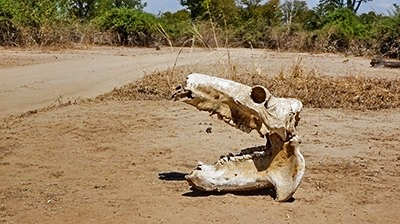
Conduct Bone Surveys
Accompanied by trained park scouts, you will hike off-trail through the river valley to search for the bones of recently deceased animals. You’ll record the type and location of each species and other information about their condition.
Field conditions and research needs can change the itinerary and activities. We appreciate your cooperation and understanding.
.
FEEDBACK & QUESTIONS
GET EARTHWATCH NEWSLETTER
Bi-weekly announcements, new expeditions, and updates on our impact around the globe.
.
.
.
